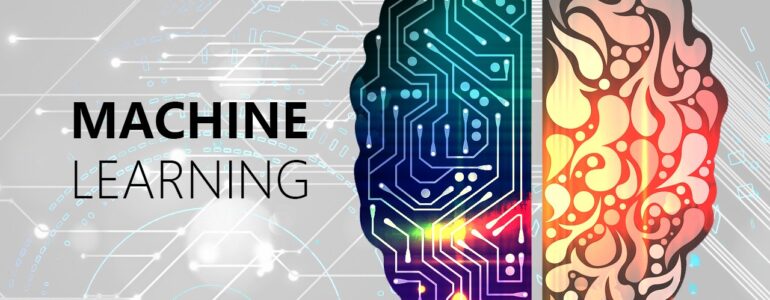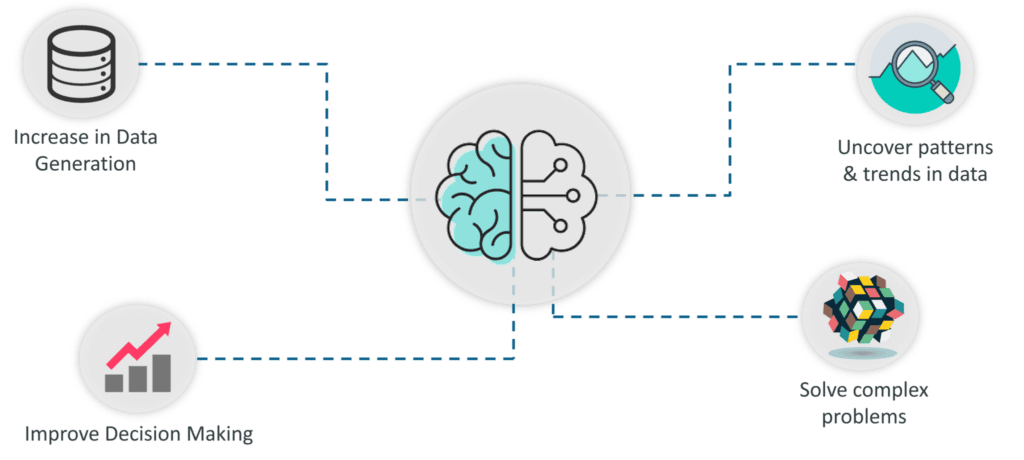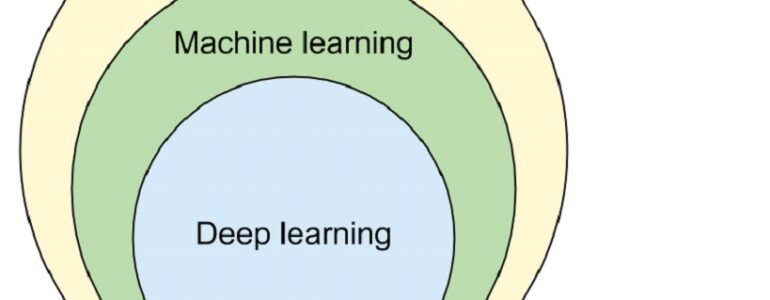
Fundamentals: Theory of machine learning
Machine learning overview
Technology is evolving day by day leading to a data-driven world. Businesses and organizations are adopting this change by building intelligent systems by using concepts of data science, and machine learning. Among them, machine learning is the most exciting field.
In this tutorial, we’ll learn the basic concepts of machine learning and how to implement machine learning. Let’s begin with the fundamental theory underlying the field of machine learning, and then we’ll proceed to the implementation process.
What is machine learning?

Machine learning is the application of artificial intelligence where the machine i.e., the computer learns from past experiences and makes future predictions.
According to the computer scientist Arthur Samuel who pioneered the study of artificial intelligence, machine learning is “the study that gives computers the ability to learn without being explicitly programmed.”
Let’s understand it with the more formal definition given by Professor Tom M. Mitchell:
“A computer program is said to learn from experience E with respect to some class of tasks T and performance measure P, if its performance at tasks in T, as measured by P, improves with experience E.”
According to Prof. Mitchell, machine learning algorithm focuses on three major components namely –
Task (T) – In the real world, task T is defined as the problem that needs to be solved. However, machine learning, it’s way too different. In ML, task T is based on a process like Classification, Regression, Structured annotation, Clustering, Transcription, etc, that the system must follow for operating on data points.
Experience (E) – As the name suggests, it is the knowledge gained from the dataset provided to the ML algorithm. Once the algorithm is provided with the dataset it will run iteratively and learn some inherent patterns. This process of learning is called experience (E). Supervised, unsupervised, and reinforcement learning are some ways in which machines learn and gain experience.
Performance (P) – Performance P is a quantitative metric that depicts how the ML algorithm is performing tasks and whether the algorithm is running as per our expectations or not. These metrics can be accuracy score, F1 score, confusion matrix, precision, recall, sensitivity, etc.
Let’s understand it with a short example:
Let’s take a checker learning problem. In this problem, the major components would be –
Task T – playing checkers
Performance P – defines accuracy, percentage of games won against opponents
Experience E – learns from playing practice games against itself.
In order to perform task T, the machine learns to play checkers and improve its performance by playing games against itself.
Applications of machine learning –
Machine learning is one of the fastest-growing technologies that can be used to solve many real-world complex problems that can’t be solved by traditional methods including –
- Voice recognition
- Object recognition
- Natural language processing
- Error detection and prevention
- Fraud detection and prevention
- Emotional analysis
- Sentiment analysis
- Medical diagnosis
- Text-to-speech conversion
In this article, we have used several terms like classification, regression, structured annotation, clustering, transcription, and supervised, and unsupervised learning that you might not have an idea about. But don’t worry, we’ll explore these topics in our upcoming articles. So stay tuned and keep learning!


